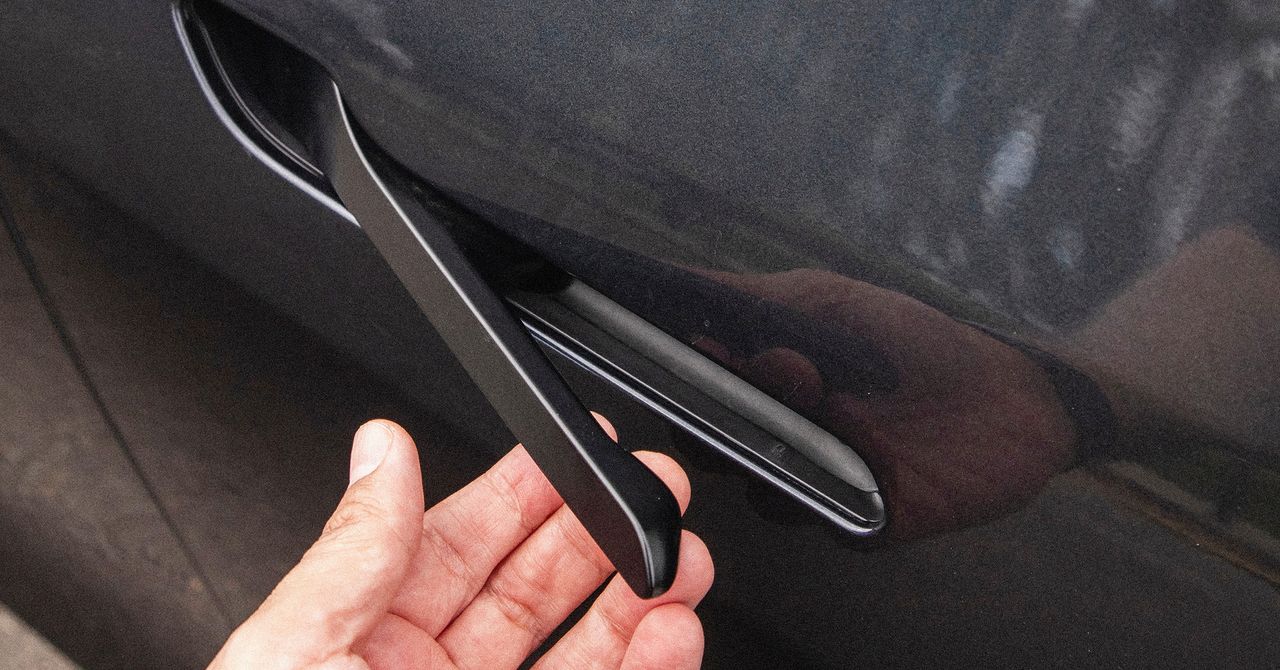The issues could cascade beyond the design. The auto manufacturing industry operates on strict production schedules. Though it builds in time to validate and test whatever new features come in each new model, the sudden intro of a design change late in the process could throw off the delicate timetable.
In this decade, China’s auto industry has shocked the world by racing ahead of legacy automakers, quickly developing, with government support, ever newer, cheaper, and more technologically advanced vehicles on shorter production schedules. The country is the world’s largest automotive market; it’s expected to manufacture a full third of the world’s cars by 2030. Still, quickly complying with new design regulations won’t be easy for domestic Chinese automakers either, says Broglin-Peterson. “Mechncial release requires a mechanical assembly,” she says. “It’s not just, you write some code.”
Automaker’s door handle trouble likely won’t end in China. The new rules could lead to cascading responses from other global regulators. It’s a now-familiar pattern: China, once a place with lax protections, has forged ahead of the rest of the world in setting guidelines for electric vehicle battery safety and recycling, and autonomous vehicle tech. “This is a classic example of China setting the guardrails early: protecting consumers while quietly shaping global design standards,” Bill Russo, the CEO of Automobility, a Shanghai-based advisory firm, wrote in an email.
For many years, says Raphael Zammit, the chair of the transportation design department at the College for Creative Studies in Detroit, flush electronic door handles were the stuff of futuristic concept cars. “The fact that Elon Musk and Tesla put it into production was, frankly, pretty amazing,” he says. Their rise was linked with the increasing popularity of electric vehicles; tucking door handles into the doors of cars was meant to reduce their drag coefficient, leading to increased battery efficiency. Or so the theory went: Back-of-the-envelope math suggests the tweak maybe adds a mile of range. Maybe. Either way, the handles became a “demarcation of luxury,” Zammit says.
Indeed, electronic door handles can be found on many luxury vehicles, including some made by Volkswagen, General Motors, Ford, and Mercedes-Benz. Jake Fisher, the senior director of the Consumer Reports’ Auto Test Center, tested several of those vehicles’ electronic handles. While all had emergency mechanical releases, as the Chinese regulations mandate, some were in places that could be difficult to find in an emergency—on the floor, in shadow, or, as in the rear seats of the 2021 Model Y under investigation by NHTSA, under a slot at the bottom of the rear door pocket. The best emergency mechanical releases, Consumer Reports found, were those that simply needed to be pulled a bit harder than usual to open, an intuitive reaction in an emergency.











